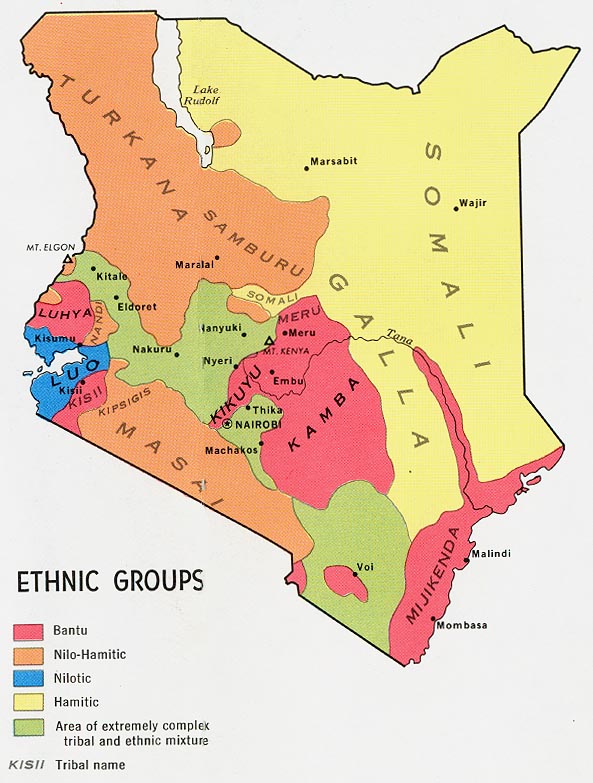samaalewarrior
Cushitic general
Did those nilotics have zande admixture or were they purely nilotic?
Did those nilotics have zande admixture or were they purely nilotic?

Did those nilotics have zande admixture or were they purely nilotic?
Did those nilotics have zande admixture or were they purely nilotic?